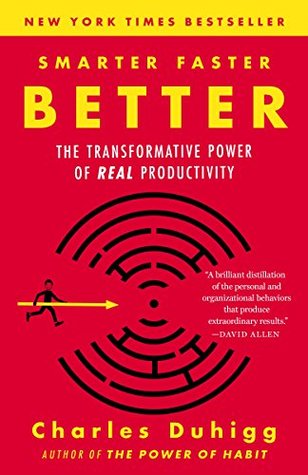More on this book
Community
Kindle Notes & Highlights
Productivity, put simply, is the name we give our attempts to figure out the best uses of our energy, intellect, and time as we try to seize the most meaningful rewards with the least wasted effort. It’s a process of learning how to succeed with less stress and struggle. It’s about getting things done without sacrificing everything we care about along the way.
If you can link something hard to a choice you care about, it makes the task easier, Quintanilla’s drill instructors had told him. That’s why they asked each other questions starting with “why.” Make a chore into a meaningful decision, and self-motivation will emerge.
Prior to the 1990s and advances in cockpit automation, pilots were responsible for calculating dozens of variables during a flight, including airspeed, fuel consumption, direction, and optimal cruising altitude, all while monitoring weather disturbances, discussions with air traffic control, and the plane’s position in the sky. Such trips were so demanding that pilots often rotated responsibilities. They all knew the risks if vigilance waned.
Even the smartest poker players can be undone by bad luck. Probabilities can help you forecast likelihoods, but they can’t guarantee the future.
Making good choices relies on forecasting the future. Accurate forecasting requires exposing ourselves to as many successes and disappointments as possible.
The people who make the best choices are the ones who work hardest to envision various futures, to write them down and think them through, and then ask themselves, which ones do I think are most likely and why?
Motivation becomes easier when we transform a chore into a choice. Doing so gives us a sense of control.
By pushing decision making to whoever is closest to a problem, managers take advantage of everyone’s expertise and unlock innovation.


